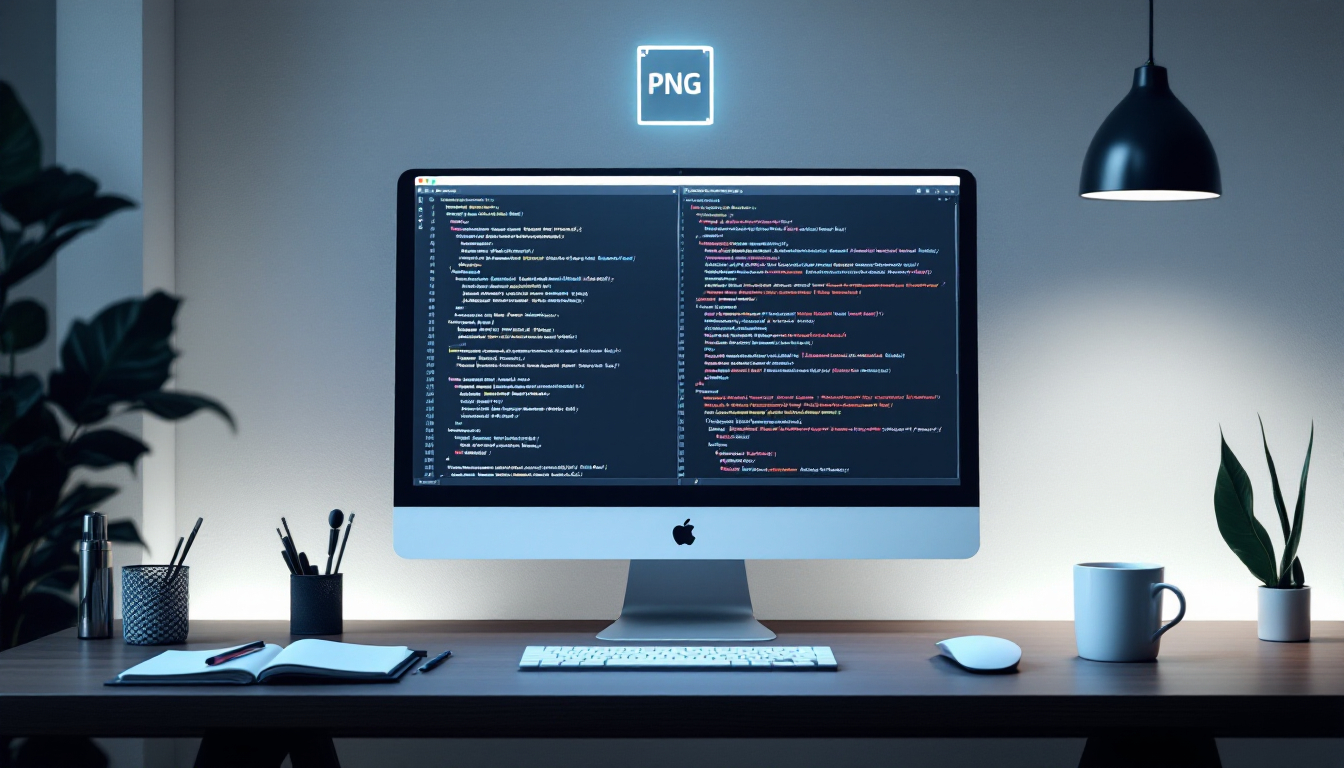This article is for subscribers only
To continue reading this article, just register your email and we will send you access.
Subscribe NowAlready have an account? Sign In

How to Convert Markdown Files to PNG Images
To continue reading this article, just register your email and we will send you access.
Subscribe NowAlready have an account? Sign In